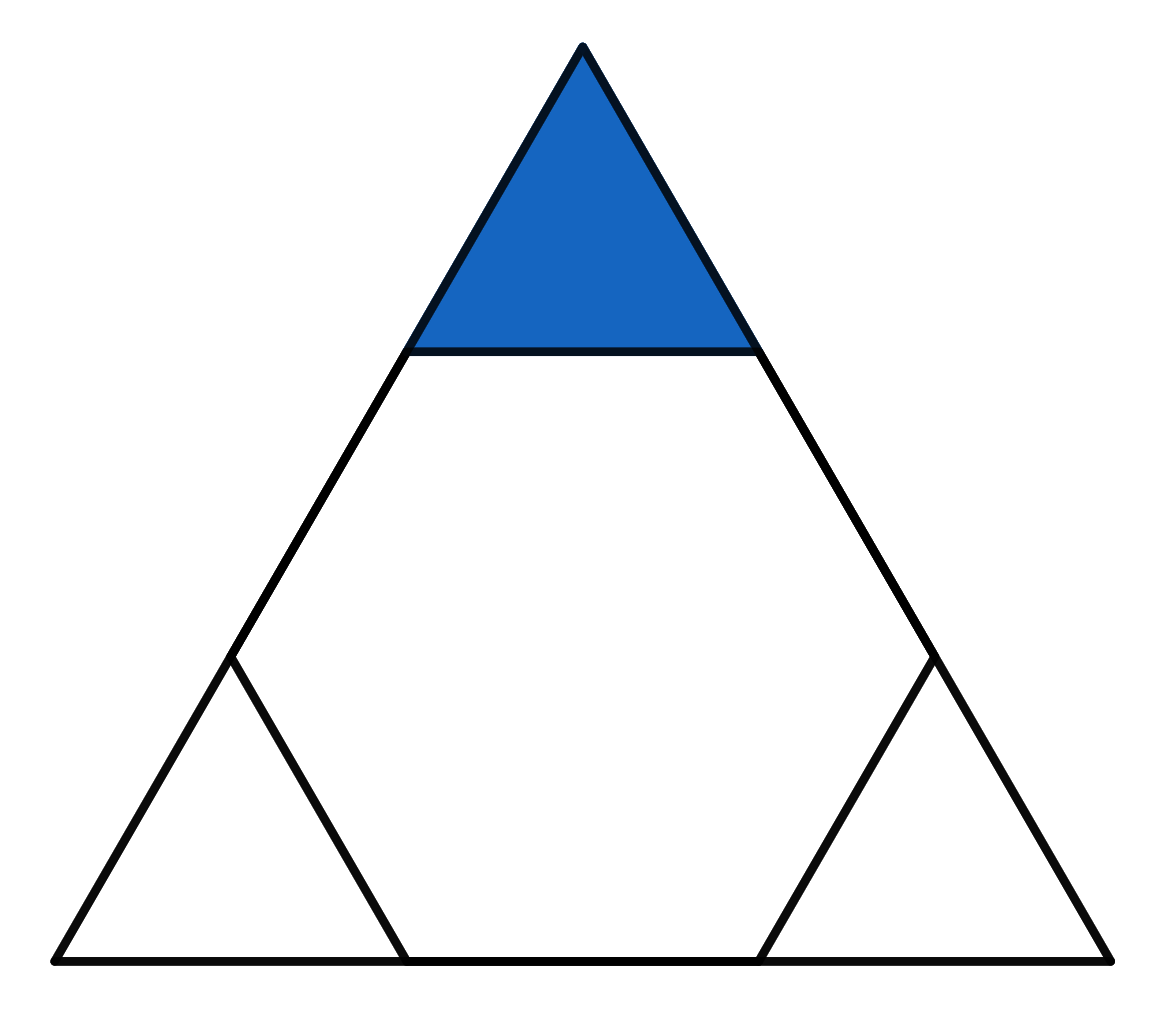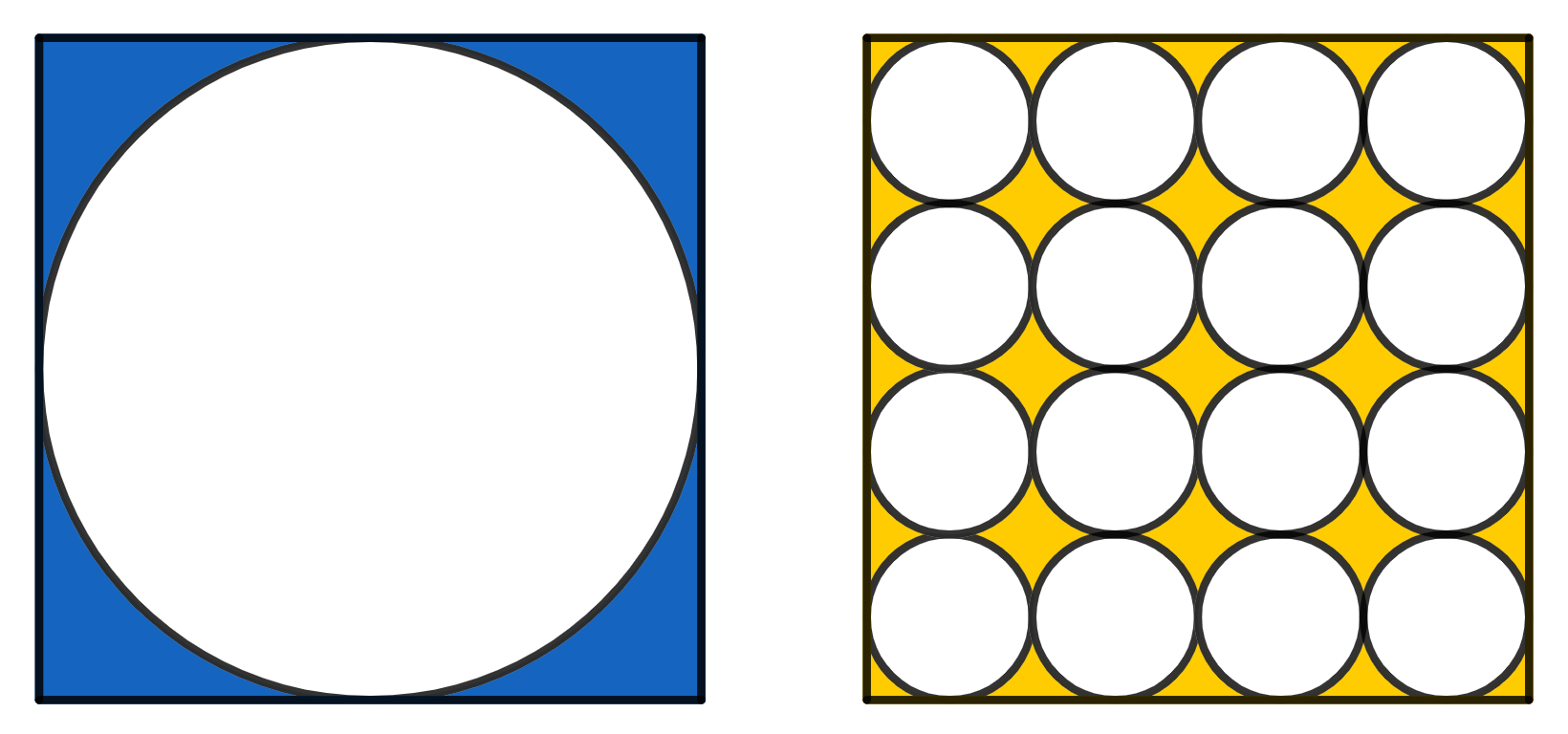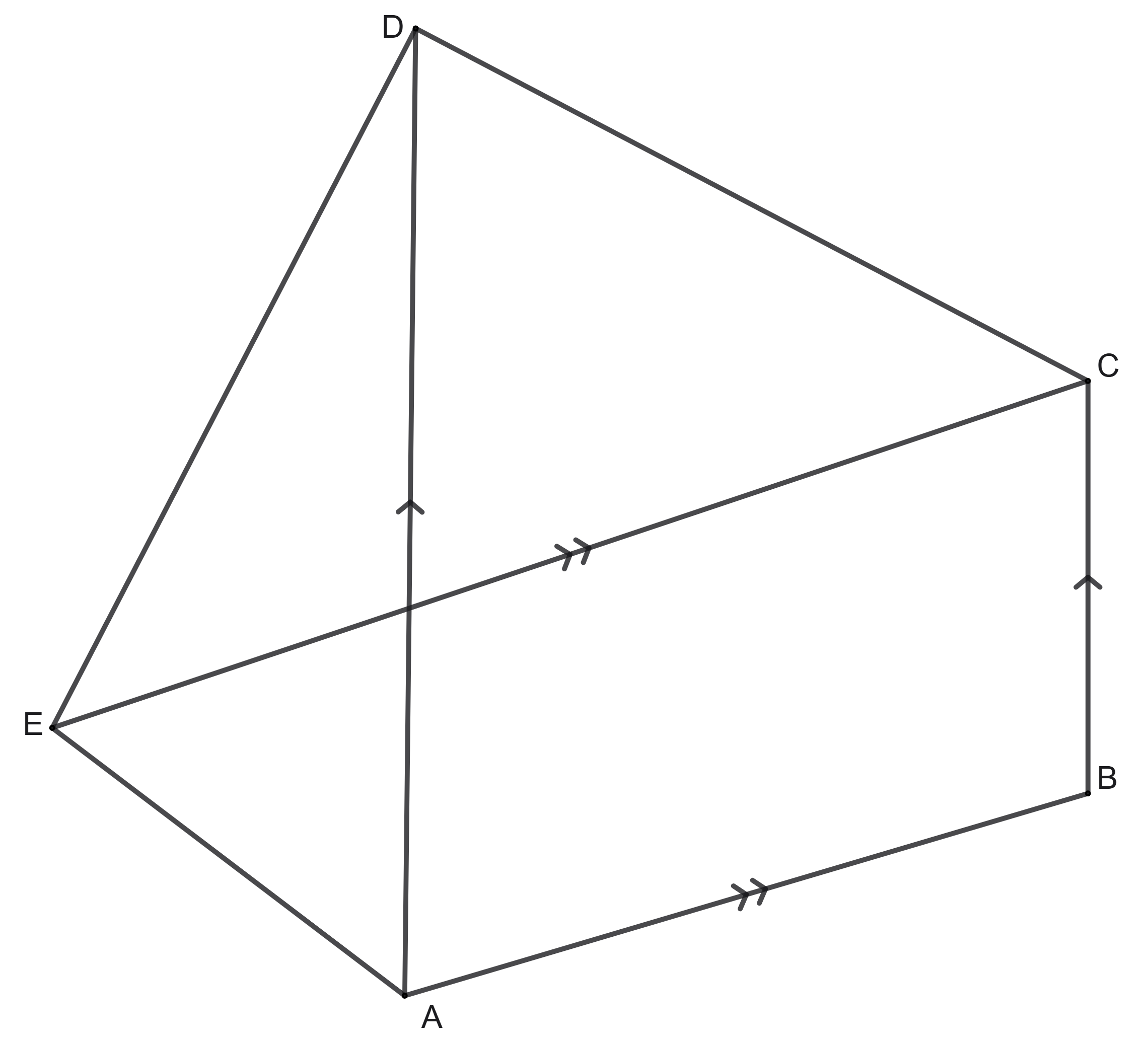Problems
Investigating one case, the investigator John Smith discovered that the key witness is the one from the Richardson family who, on that fateful day, came home before the others. The investigation revealed the following facts.
1. The neighbour Maria Ramsden, wanting to borrow some salt from the Richardson’s, rang their doorbell, but no one opened the door. At what time though? Who knows? It was already dark...
2. Jill Richardson came home in the evening and found both children in the kitchen, and her husband was on the sofa – he had a headache.
3. The husband, Anthony Richardson, declared that, when he came home, immediately sat down on the sofa and had a nap. He did not see anyone, nor did he hear anything, and the neighbour definitely did not come – the doorbell would have woken him up.
4. The daughter, Sophie, said that when she returned home, she immediately went to her room, and she does not know anything about her father, however, in the hallway, as always, she stumbled on Dan’s shoes.
5. Dan does not remember when he came home. He also did not see his father, but he did hear how Sophie got angry about his shoes.
“Aha,” thought John Smith. “What is the likelihood that Dan returned home before his father?”.
On weekdays, the Scattered Scientist goes to work along the circle line on the London Underground from Cannon Street station to Edgware Road station, and in the evening he goes back (see the diagram).
Entering the station, the Scientist sits down on the first train that arrives. It is known that in both directions the trains run at approximately equal intervals, and along the northern route (via Farringdon) the train goes from Cannon Street to Edgware Road or back in 17 minutes, and along the southern route (via St James Park) – 11 minutes. According to an old habit, the scientist always calculates everything. Once he calculated that, from many years of observation:
– the train going counter-clockwise, comes to Edgware Road on average 1 minute 15 seconds after the train going clockwise arrives. The same is true for Cannon Street.
– on a trip from home to work the Scientist spends an average of 1 minute less time than a trip home from work.
Find the mathematical expectation of the interval between trains going in one direction.
On one island, one tribe has a custom – during the ritual dance, the leader throws up three thin straight rods of the same length, connected in the likeness of the letter capital \(\pi\), \(\Pi\). The adjacent rods are connected by a short thread and therefore freely rotate relative to each other. The bars fall on the sand, forming a random figure. If it turns out that there is self-intersection (the first and third bars cross), then the tribe in the coming year are waiting for crop failures and all sorts of trouble. If there is no self-intersection, then the year will be successful – satisfactory and happy. Find the probability that in 2019, the rods will predict luck.
Authors: B. Vysokanov, N. Medved, V. Bragin
The teacher grades tests on a scale from 0 to 100. The school can change the upper bound of the scale to any other natural number, recalculating the estimates proportionally and rounding up to integers. A non-integer number, when rounded, changes to the nearest integer; if the fractional part is equal to 0.5, the direction of rounding can be either up or down and it can be different for each question. (For example, an estimate of 37 on a scale of 100 after recalculation in the scale of 40 will go to \(37 \cdot 40/100 = 14.8\) and will be rounded to 15).
The students of Peter and Valerie got marks, which are not 0 and 100. Prove that the school can do several conversions so that Peter’s mark becomes b and Valerie’s mark becomes a (both marks are recalculated simultaneously).
Out of the given numbers 1, 2, 3, ..., 1000, find the largest number \(m\) that has this property: no matter which \(m\) of these numbers you delete, among the remaining \(1000 - m\) numbers there are two, of which one is divisible by the other.
Author: A.A. Egorov
Calculate the square root of the number \(0.111 \dots 111\) (100 ones) to within a) 100; b) 101; c)* 200 decimal places.
The triangle visible in the picture is equilateral. The hexagon inside is a regular hexagon. If the area of the whole big triangle is \(18\), find the area of the small blue triangle.

A quadrilateral is given; \(A\), \(B\), \(C\), \(D\) are the successive midpoints of its sides, \(P\) and \(Q\) are the midpoints of its diagonals. Prove that the triangle \(BCP\) is equal to the triangle \(ADQ\).
On the left there is a circle inscribed in a square of side 1. On the right there are 16 smaller, identical circles, which all together fit inside a square of side 1. Which area is greater, the yellow or the blue one?

In a pentagon \(ABCDE\), diagonal \(AD\) is parallel to the side \(BC\) and the diagonal \(CE\) is parallel to the side \(AB\). Show that the areas of the triangles \(\triangle ABE\) and \(\triangle BCD\) are the same.
